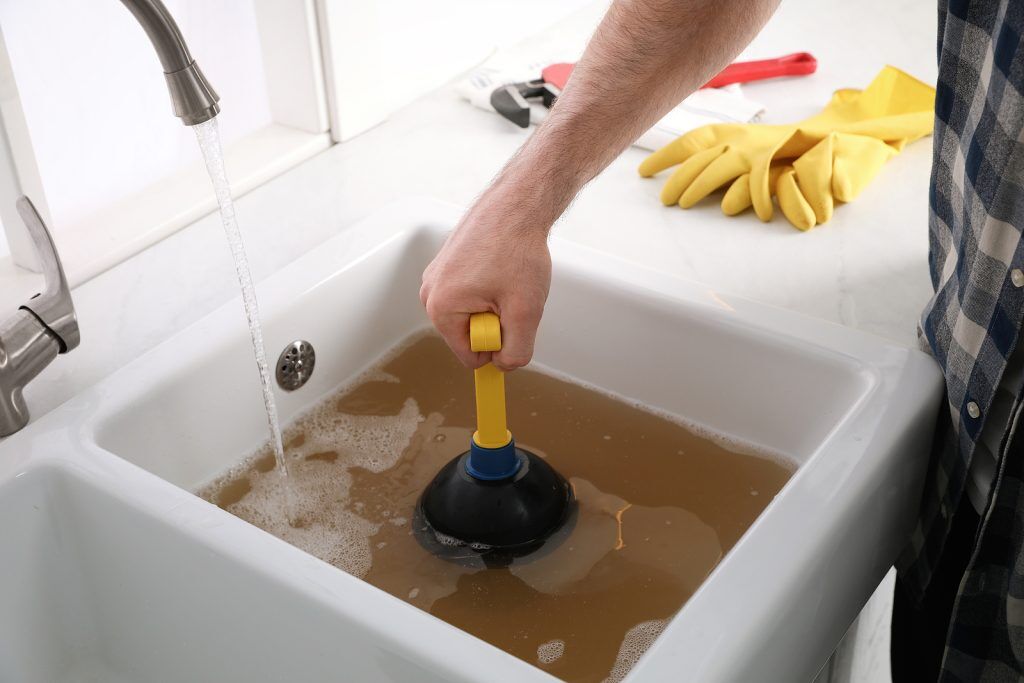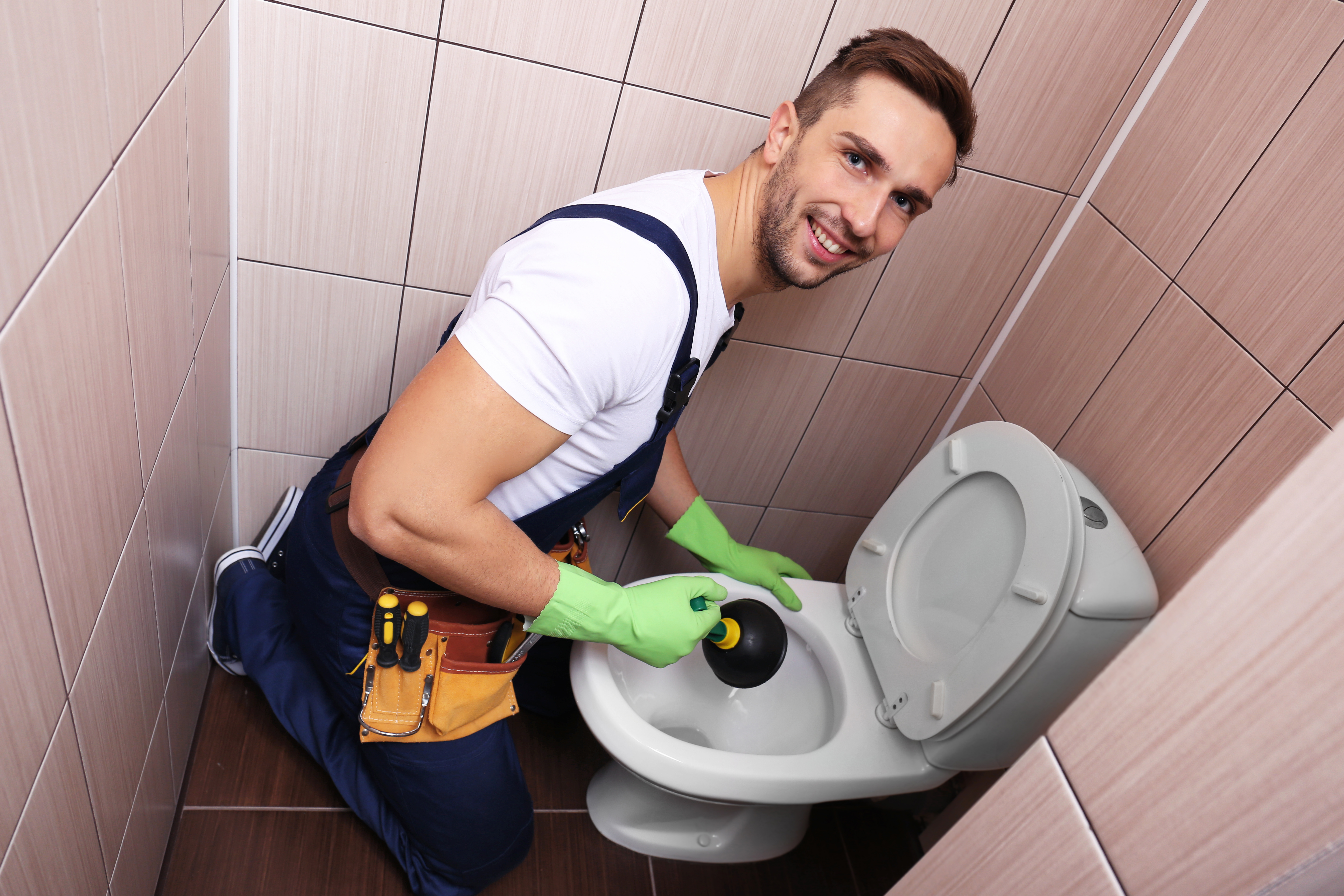How to Effectively Use Plungers and Drain Cleaners: Pro Guidance
How to Effectively Use Plungers and Drain Cleaners: Pro Guidance
Blog Article
The publisher is making a few great observations about Tips on How to Effectively Use a Plunger as a whole in this post underneath.

Intro
Correct upkeep of house drains pipes is important for protecting against obstructions and guaranteeing smooth water flow. One of the secret tools in every house owner's toolkit is the plunger, alongside various drain cleaners made to tackle persistent clogs successfully. This article discovers exactly how to make use of plungers and drainpipe cleaners effectively to maintain your drains moving freely.
Area 1: Understanding Bettors
Types of Plungers
There are numerous types of bettors readily available, each developed for various types of drains and obstructs. The most typical kinds consist of cup bettors, flange plungers, and accordion plungers.
Exactly How Plungers Job
Bettors deal with the principle of producing stress and suction to displace clogs. When correctly applied over a drain, they produce a vacuum cleaner that can take out particles or separate clogs.
Picking the Right Bettor
Picking the right plunger depends on the sort of drainpipe and the nature of the obstruction. Mug bettors are excellent for sinks and bathtubs, while flange bettors are better suited for toilets due to their style.
Typical Mistakes with Plungers
Staying clear of these blunders ensures effective plunging: inappropriate seal around the drainpipe, inadequate force, and unclear surrounding debris.
Area 2: Utilizing Plungers Efficiently
Prep work
Prior to diving, guarantee the plunger covers the drain totally and develops a limited seal. Clear any kind of noticeable debris around the drainpipe opening.
Method
Begin with mild diving motions to construct suction. Increase pressure gradually, making use of a constant rhythm. Repeat as necessary till the drain removes.
Troubleshooting Tips
If plunging does not function, try changing the seal, using oil jelly for a better seal, or utilizing a various type of plunger.
Section 3: Recognizing Drainpipe Cleaning Company
Types of Drain Cleansers
Drain cleaners can be chemical or chemical. Chemical cleansers utilize solid chemicals to liquify blockages, while chemical cleansers utilize natural enzymes to break down organic matter.
Exactly How Drain Cleaners Work
Chemical cleaners respond with obstructions to liquify them, while chemical cleaners break down organic products like hair and oil without hurting pipes.
Safety Factors to consider
Constantly use gloves and eye defense when making use of chemical drain cleaners. Make certain appropriate ventilation and adhere to maker instructions very carefully.
Eco-Friendly Alternatives
Consider making use of vinegar and baking soda or enzyme-based cleaners for environment-friendly alternatives that are much safer for pipelines and the environment.
Area 4: Utilizing Drain Cleaners Successfully
Application Strategies
Put chemical cleaners straight into the drain opening. Allow them to benefit the advised time prior to flushing with hot water. Chemical cleaners need to rest over night.
Safety measures
Stay clear of blending various sorts of cleansers, as this can produce toxic fumes. Never ever make use of chemical cleansers in conjunction with a bettor, as splashing can take place.
Handling Persistent Obstructions
For relentless blockages, consider utilizing a pipes serpent or calling a professional plumber to prevent damage to pipes.
Final thought
In conclusion, recognizing how to utilize bettors and drain cleansers successfully is important for keeping healthy plumbing systems. By picking the right tools and methods, home owners can tackle small obstructions and prevent significant pipes problems down the line.
How To Properly Use A Plumbing Snake To Clear Drains
When any drain clogs in our home arise, we tend to gravitate toward the plunger and little else. In cases where the plunger and its vacuum-created pressure are not able to clear clogs, many immediately move to harmful chemicals or simply call their plumber to fix the issue.
we’re happy to help with all drain cleaning needs and concerns. This includes informing you on a few other home remedies you may have at your disposal for minor to moderate clogs, one of which is the use of a plumbing snake. Many people have never used one of these before – let’s go over the steps to take when your drain clogs and you have a plumbing snake available.
Attempt Plunger Use
The first step here, as we noted above, should indeed be to grab your plunger when you notice a drain clog and attempt to resolve it this way. If you’re unsure how to use a particular type of plunger, our plumbers can answer any questions you have. If this doesn’t do the trick, however, you move on to the snake.
Locate And Prepare Snake
A plumbing snake is a metal or plastic device that’s generally about a quarter of an inch thick. It’s design with significant extensions, meant to reach down into your clogged drain and push the clog out. Snakes also contain drain augers that will latch onto and push stubborn blockages.
If your plunger doesn’t clear a clog, locate your snake and bring it to the drain in question. We also recommend keeping a bucket nearby to collect the clog once you pull it out, plus we’d advise wearing goggles and possibly protective gloves.
Feed Snake
Once you’re ready to go, feed the snake slowly down the drain, using the crank device it comes with to keep it moving until it finds the clog. Once this happens, much of the clog will be latched onto the coil so you can pull it out, while the rest will simply break up and flow downward.
Detach Debris
Remove the snake slowly from the drain, and once you’ve done so, pick off any debris that’s stuck to the coil. This is another area where wearing gloves is a must.
Flush Drain
Finally, take a few minutes to ensure the snake has done its job correctly. If you’ve been using it on a toilet, flush the toilet a couple times and make sure everything flows well. If you’ve used it on a different drain, flush it with some room temperature water.
https://www.mybuddytheplumber.com/blog/how-to-properly-use-a-plumbing-snake-to-clear-drains/

Application Strategies
Put chemical cleaners straight into the drain opening. Allow them to benefit the advised time prior to flushing with hot water. Chemical cleaners need to rest over night.
Safety measures
Stay clear of blending various sorts of cleansers, as this can produce toxic fumes. Never ever make use of chemical cleansers in conjunction with a bettor, as splashing can take place.
Handling Persistent Obstructions
For relentless blockages, consider utilizing a pipes serpent or calling a professional plumber to prevent damage to pipes.
Final thought
In conclusion, recognizing how to utilize bettors and drain cleansers successfully is important for keeping healthy plumbing systems. By picking the right tools and methods, home owners can tackle small obstructions and prevent significant pipes problems down the line.
How To Properly Use A Plumbing Snake To Clear Drains
When any drain clogs in our home arise, we tend to gravitate toward the plunger and little else. In cases where the plunger and its vacuum-created pressure are not able to clear clogs, many immediately move to harmful chemicals or simply call their plumber to fix the issue.
we’re happy to help with all drain cleaning needs and concerns. This includes informing you on a few other home remedies you may have at your disposal for minor to moderate clogs, one of which is the use of a plumbing snake. Many people have never used one of these before – let’s go over the steps to take when your drain clogs and you have a plumbing snake available.
Attempt Plunger Use
The first step here, as we noted above, should indeed be to grab your plunger when you notice a drain clog and attempt to resolve it this way. If you’re unsure how to use a particular type of plunger, our plumbers can answer any questions you have. If this doesn’t do the trick, however, you move on to the snake.
Locate And Prepare Snake
A plumbing snake is a metal or plastic device that’s generally about a quarter of an inch thick. It’s design with significant extensions, meant to reach down into your clogged drain and push the clog out. Snakes also contain drain augers that will latch onto and push stubborn blockages.
If your plunger doesn’t clear a clog, locate your snake and bring it to the drain in question. We also recommend keeping a bucket nearby to collect the clog once you pull it out, plus we’d advise wearing goggles and possibly protective gloves.
Feed Snake
Once you’re ready to go, feed the snake slowly down the drain, using the crank device it comes with to keep it moving until it finds the clog. Once this happens, much of the clog will be latched onto the coil so you can pull it out, while the rest will simply break up and flow downward.
Detach Debris
Remove the snake slowly from the drain, and once you’ve done so, pick off any debris that’s stuck to the coil. This is another area where wearing gloves is a must.
Flush Drain
Finally, take a few minutes to ensure the snake has done its job correctly. If you’ve been using it on a toilet, flush the toilet a couple times and make sure everything flows well. If you’ve used it on a different drain, flush it with some room temperature water.
https://www.mybuddytheplumber.com/blog/how-to-properly-use-a-plumbing-snake-to-clear-drains/

I found that blog post about Here's How to Correctly Use a Toilet Plunger while doing a search on the search engines. For those who enjoyed reading our article if you please be sure to pass it around. Thanks so much for taking the time to read it.
Click Here Report this page